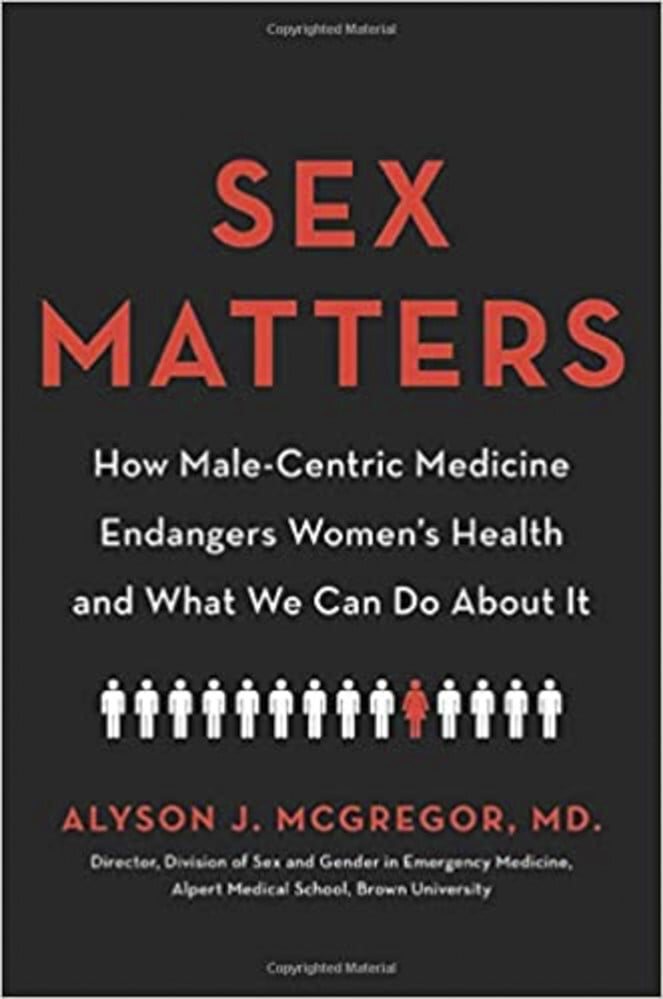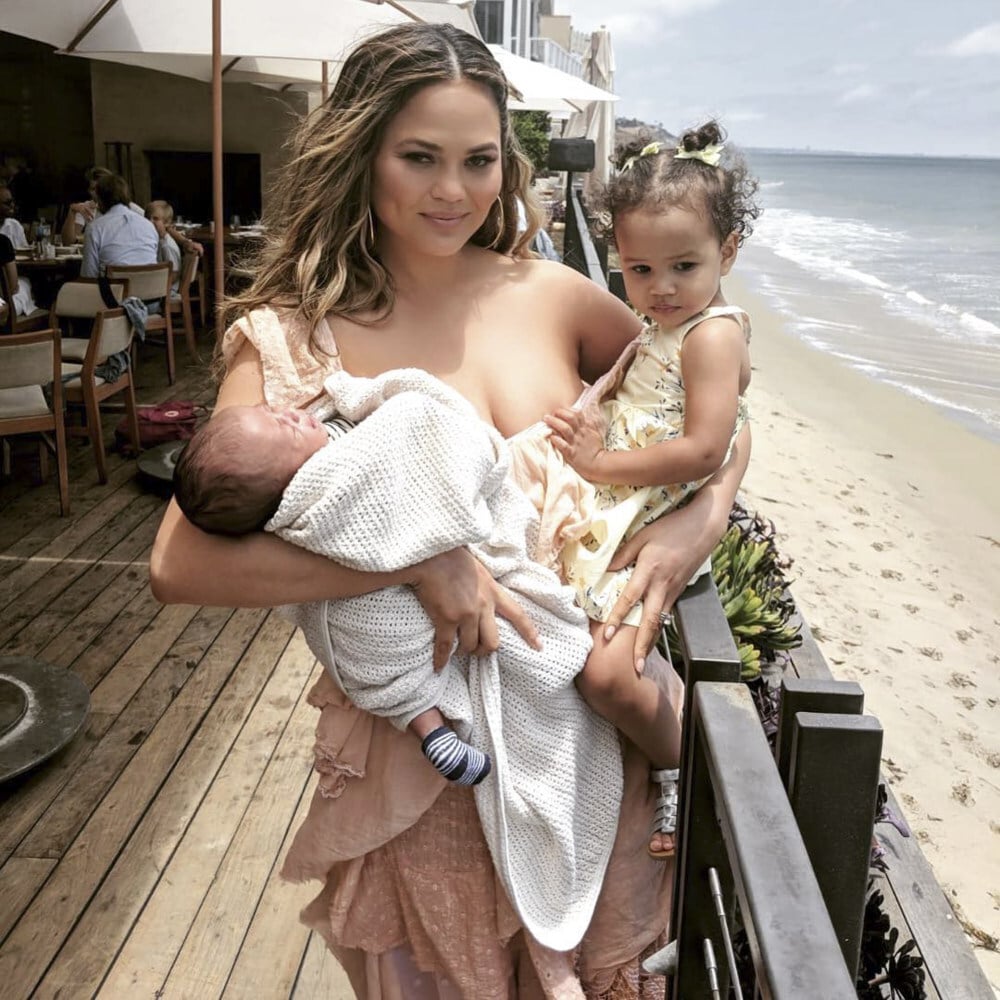
Women’s health is the focus of new platform OM – inspired by a Chrissy Teigen tweet about childbirth, say its founders
- Medical protocols are based on male-centric research that ignores the female experience – potentially putting women’s lives at risk
- ‘So many women’s health matters remain taboo,’ says the co-founder of OM, an online educational platform where women can consult experts on their health issues
It took a Stage 3 breast cancer diagnosis for Dr Emilie Berthet Clairet to realise the weaknesses in the male-centric foundations of modern medicine.
“I wasn’t at all prepared. When I asked my doctor, she said menopause may or may not have been induced by chemotherapy,” says Clairet. “I was given very little information and support around the changes in my body, my mental health, my looks and how to handle all of this with my three young children.”

To support her own healing, Clairet studied holistic nutrition online during her cancer treatment. Post-treatment, she lost sensation in her left arm and chest, and suffered back pain when she tried to exercise. When her doctor said she probably would not fully recover, Clairet turned to natural health care practitioners for help.
By combining conventional and complementary care, Clairet is now healthy and thriving, and sharing lessons from her experience with other women. “It’s thanks to surgery and chemotherapy that I am alive,” the medical doctor acknowledges. “Medical practitioners follow a protocol, which is reassuring as they have a standardised approach and specific guidelines in place.”
Actresses’ deaths remind us heart attacks are No. 1 killer of women
The downside, she notes, is that the research that drives that protocol is primarily done in men, so it ignores the unique biological and emotional differences between men and women – and may even put women’s lives at risk.
Dr Alyson McGregor, a professor of emergency medicine at the Warren Alpert Medical School of Brown University in Rhode Island in the US, and co-founder of the Division of Sex and Gender in Emergency Medicine, has done much research into this.
“The whole medical care system is trained to look for patterns of disease based on a half-century of research conducted on men, by men,” says McGregor, author of Sex Matters: How Male-Centric Medicine Endangers Women’s Health – and What We Can Do About It.

“From studying disease prevalence and risk factors to treatment and medication protocols, women were excluded from animal and human studies because the hormones in the menstrual cycle introduced multiple variables constantly in flux. It was therefore easier, quicker and cheaper to study men and assume the findings would apply to women too. But men and women are different at a cellular level.”
“In medical school, we were taught that heart disease was a blockage of the large arteries and the way to fix this was to remove the blood clot or open the artery up with a stent. But there are many other ways of having heart disease that are more common in women, like microvascular disease, which is a disease of the smaller arteries, or spontaneous coronary artery dissection [CAD], which is common in young women around the time of pregnancy,” McGregor says.
Men suffering heart attacks will complain of crushing pressure on the chest and pain down the left arm – seen as key symptoms in diagnosing a heart attack. Women tend to report more subtle signs like fatigue or shortness of breath.
Miracle of the human heart, and how to keep yours healthy
Stroke is another example. While men typically experience paralysis on one side, women may have a migraine-like headache, vertigo and stuttering.

Despite this, the dosing guidelines are the same for men and women, which puts women at risk of side effects that aren’t accounted for in the research.
To empower women to safeguard their health and advocate for themselves, McGregor and Clairet now lead real-time, interactive masterclasses on OM – an online educational platform that enables subscribers to discuss women’s health issues with accredited experts.
Young Hong Kong pharmacists on a mission to demystify drugs
“There are a lot of practitioners that know women’s bodies and can help us recover, whether it’s after surgery, during pregnancy or menopause, for example. OM makes it easier for women to connect with these practitioners and find the right solutions,” Clairet says.
Hong Kong mum Anca Griffiths, and Gigi Ngan, a traditional Chinese medicine practitioner in Hong Kong specialising in women’s health and reproductive health co-founded OM. A tweet by American model Chrissy Teigen gave Griffiths the idea.

“After the birth of my first child five years ago, I had no understanding of the physical and mental transition I would experience. I assumed it was just me – until Chrissy Teigen gave birth to her first child and tweeted ‘no one told me I would be going home in diapers too’. The media called it ‘truth bombs’ and other mums chimed in that they too did not know what to expect,” Griffiths recalls.
Menopause, hormones and HRT: everything you need to know
Griffiths hopes that through candid conversations with experts that specialise in women’s health, women will better understand their bodies, be empowered to explore their options, and feel confident to ask practitioners the right questions.
“The menstrual cycle is associated with mood swings, but there is also a period in the menstrual cycle when a woman has a tendency to use both sides of the brain [which allows for more flexibility in problem solving]. I want women to know and celebrate all this and more.”
